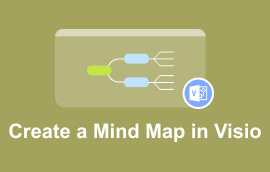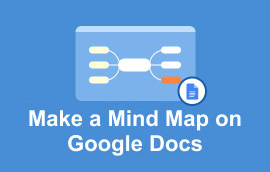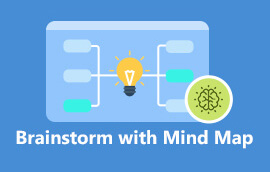Understanding The Cause and Effect Thinking Map: Its Branches and Creators
We may know how to tell the cause of something based on the effect before the thinking map for cause and effect has been developed. Well, we cannot deny that even a 4-year-old kid can form and get the reason for the result he has experienced by simply asking him the question “why” and giving his answer “because” would be enough to evaluate the event. A good example of this is the question “Why did you cry?” and the kid might say, “Because I was bullied.” This kind of procedure gives simple answers, for it is done with a shallow procedure. However, complex scenarios will never get you the answers right away, not unless you put them in a cause and effect thinking map template to see the deeper and wider revelation of the scene.
- Part 1. What is The Thinking Map For The Cause And Effect
- Part 2. How to Use the Cause and Effect Thinking Map
- Part 3. 3 Tools to Use in Creating Cause and Effect Thinking Map
- Part 4. FAQs About the Cause and Effect Thinking Map
Part 1. What is The Thinking Map For The Cause And Effect
The cause and effect thinking map is what we call the multi-flow map. It is one of the eight thinking maps used to show correlations between events. In addition, this map shows the causes of the given event followed by the effects concerning it. Reports and studies have shown how beneficial the cause and effect thinking map is, which is true with the global health crisis we are having now. We can’t imagine how we will cope and prevent the virus we are fighting right now without studying its cause and effect.
Part 2. How to Use the Cause and Effect Thinking Map
Now, is it ideal to use this kind of thinking map every now and then? As we have a deeper curiosity about the cause and effect map, it will be wiser for us to know the right timing to use it. This multi-flow map, same with the other types of thinking maps, has its own identity and usage. So how to use a cause and effect thinking map? If you need to present or solve a complex problem, you must study the details concerning the problem and get yourself ready to do the following.
◆ Identify the purpose or the subject matter. Put it at the center of your map.
◆ Make boxes first on the subject's left side and list all the causes.
◆ For the gathered effects, list them on the boxes on the subject's right side.
◆ Study the factors you have gathered, then prepare for the result to be discussed.
Part 3. 3 Tools to Use in Creating Cause and Effect Thinking Map
To answer your question, “where should I create a cause and effect thinking map?” Well, you can rely on the three tools recommended below. These mapping tools can help you make persuasive and creative thinking maps of any kind.
1. MindOnMap
Today, we bring you this top online mapping tool on the web, the MindOnMap. This online program offers the users the simplest, quickest, yet wonderful maps and diagrams. Yes, it makes the task really quick, for it has the most straightforward interface that can be dealt with in just a few seconds. In addition, it enables the users to beautify their projects by the use of its great elements such as icons, colors, shapes, fonts, background, themes, templates, and more. This means there is no way for you not to create a cause-and-effect thinking map artistically and intelligently. So, start it right away by following the steps below.
Secure Download
Secure Download
Visit the official website of MindOnMap and directly hit the Create Your Mind Map tab. On the next page, log in to your email account for free to proceed.
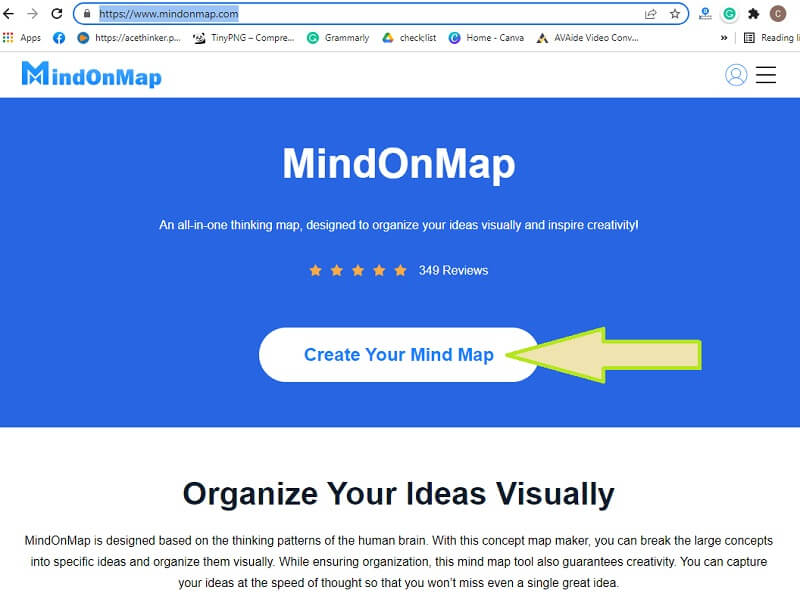
Proceeding to the next page, hit the New tab. Then, choose the template you prefer to start with.

On the main canvas, state your subject on the Main Node. Then the causes and effects for the nodes on both sides of it.
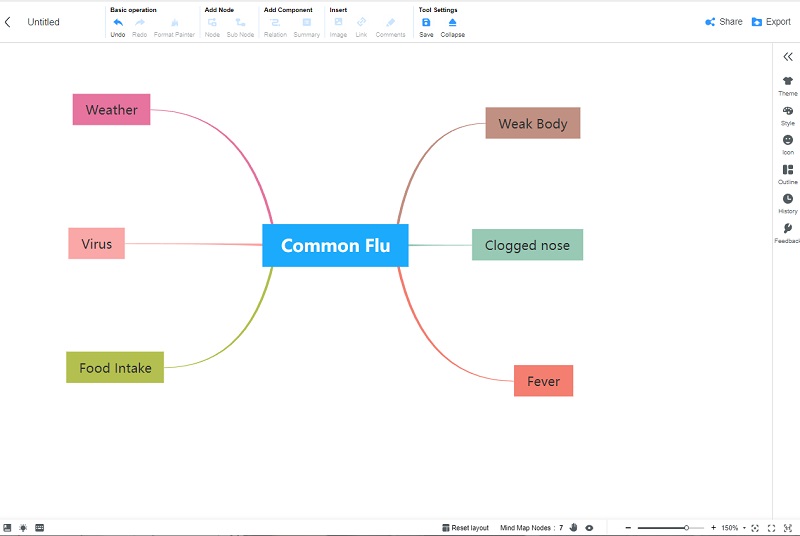
Make your thinking map for cause and effect visual by adding images or icons on them. To do so. Just click on the node, go to Images>Insert Image and the Menu Bar for the icons.
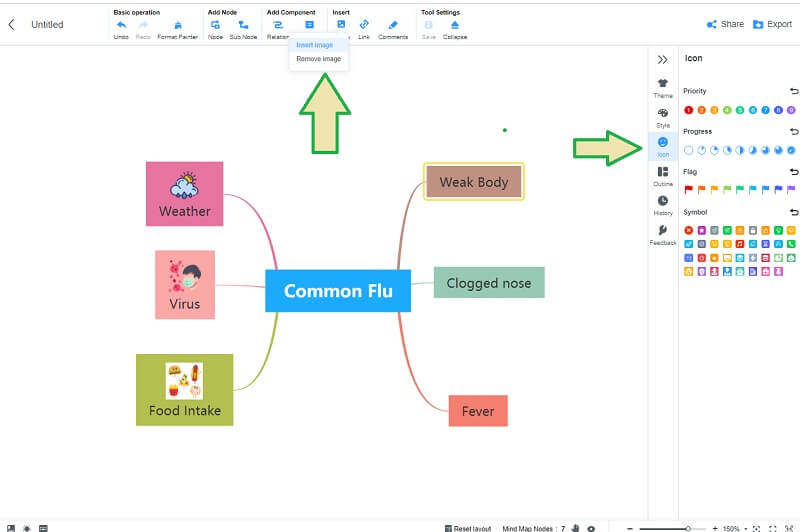
Explore the other features on the menu bar. Then, to save the map on your device, click on the Export icon, and choose your preferred format.
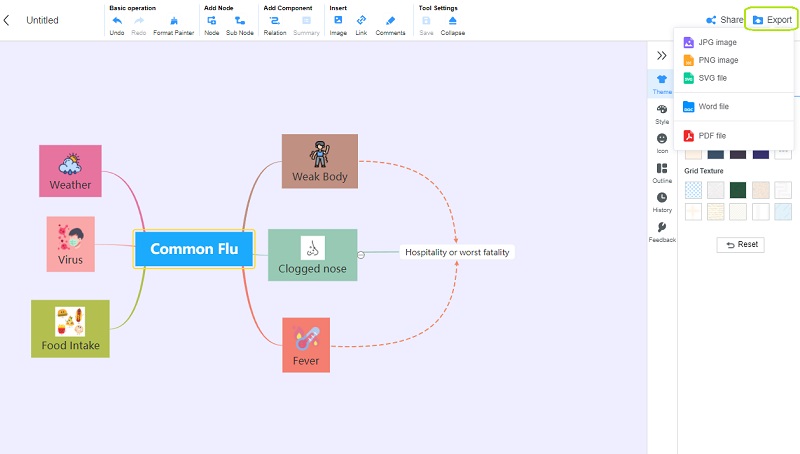
Moreover, you can make a mind map in Excel.
2. MindMup
Next on the list is MindMup, another online mapping tool that allows you to easily share and save your thinking map. In addition, this tool possesses tremendous stickers and font styles to beautify your map. And yes, it also allows you to create a cause-and-effect thinking map for free. However, don’t expect to be multifunctional and full-featured, for it has limited features for its free service. However, this too will allow you to have a hassle-free experience. Just follow the simple steps below.
Visit its page, and go and click Create a Free Map.

Start stating your subject matter on its main canvas, then gradually add nodes by clicking the TAB key from your keyboard.
Navigate the Insert tab to add images on the node.
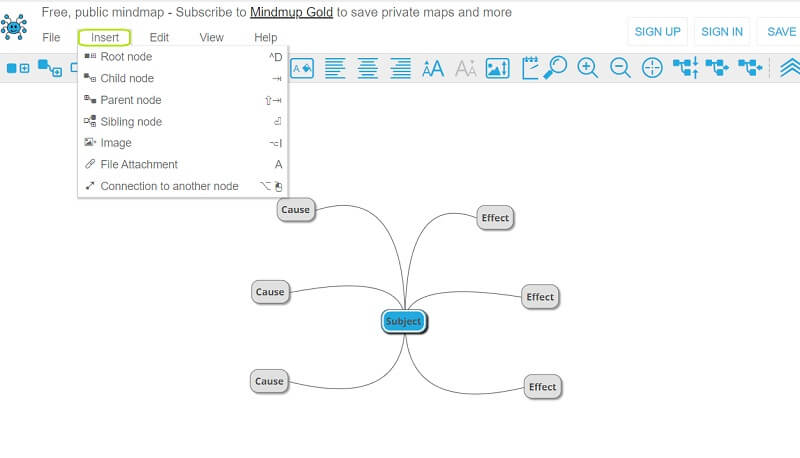
Save the file by clicking the Save. Then, on the popped-up window, choose the Save File button.
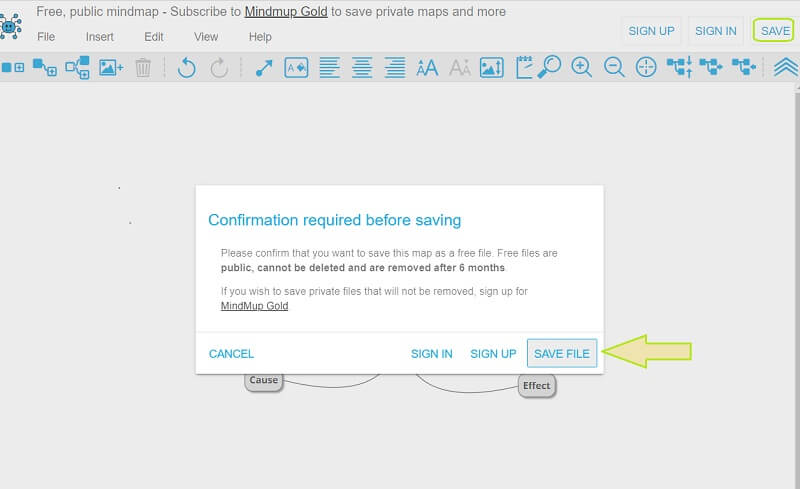
3. XMind
Lastly, we have this XMind, the mind map software that will allow you to create wonderful cause and effect thinking maps using wonderful elements that you can enjoy when you purchase the tool. However, you can still enjoy it via free download, but with limited tools to enjoy. On the other hand, when it comes to the simplicity of the interface, Xmind has it. And for its paid subscription? You can have a blast with its distraction-free mode and its responsive graphic engine.
Acquire the tool via free download or by buying it.
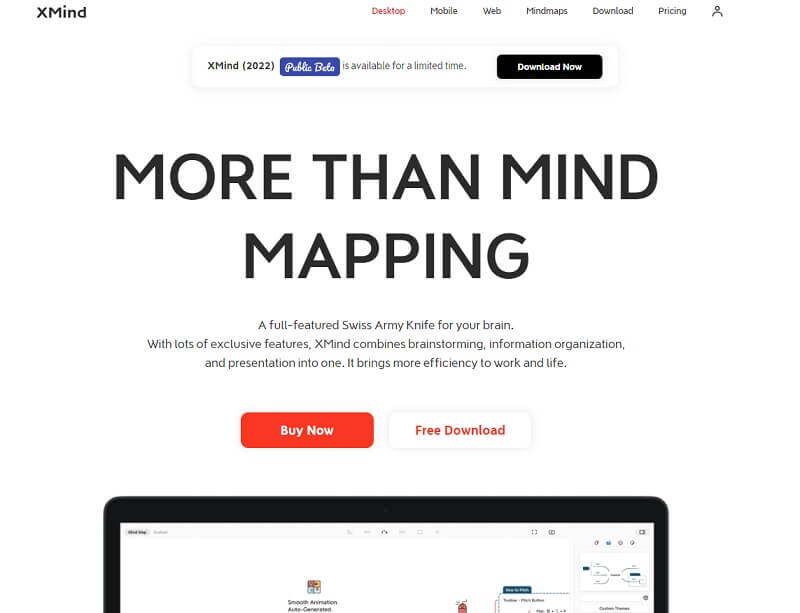
Launch the software and start by choosing a template for your map.
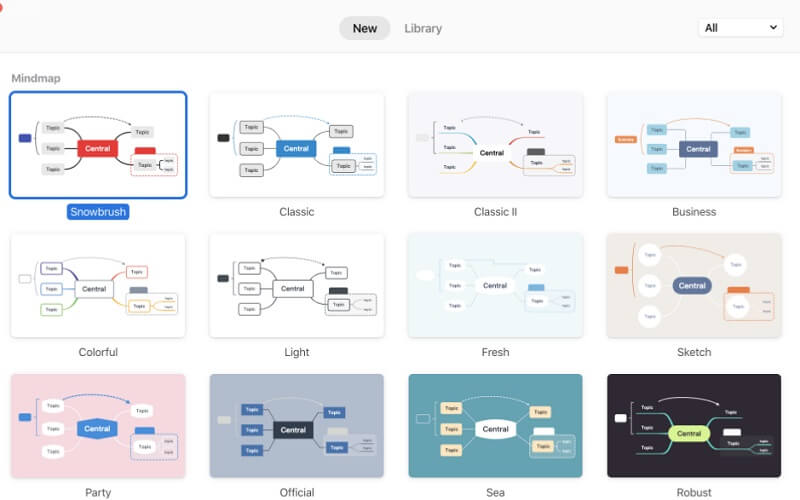
Start customizing the cause and effect thinking map template on the main interface by navigating the tools and presets available and saving the file after.
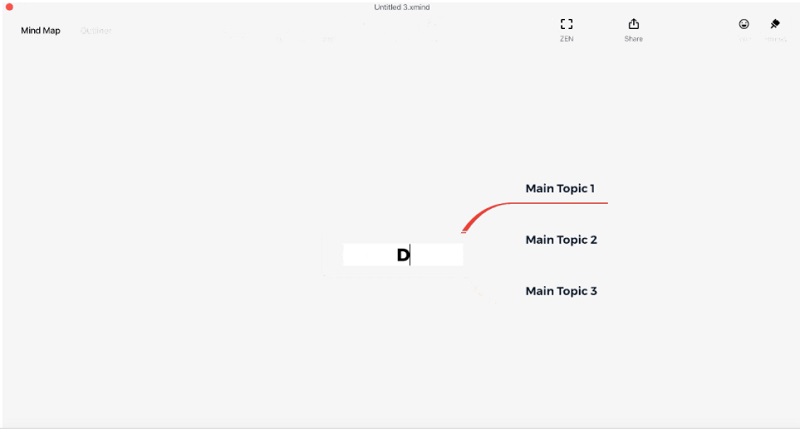
Part 4. FAQs About the Cause and Effect Thinking Map
Can I use the cause and effect map in my mathematical problem?
Yes, as long as you see causes and effects in solving the Math problem. For instance, if you find the Math word problem very confusing, with the help of the multi-flow map, you will be able to find the solution by identifying the causes.
Is the cause and effect map the same as the compare and contrast map?
No. The compare and contrast map shows the comparison between the two elements or subjects that are shown with a double bubble thinking map.
Which thinking map is used to show cause and effect?
There are eight different types of thinking maps, and the multi-flow map is the one to use among them to show the cause and effect of the event.
Conclusion
There you have, if folks, the connotation of the cause and effect thinking map. We expect you to understand its meaning and the ways how to make one. Also, allow yourself to try and enjoy making maps using the recommended mind mapping tools in this article, especially the MindOnMap.








